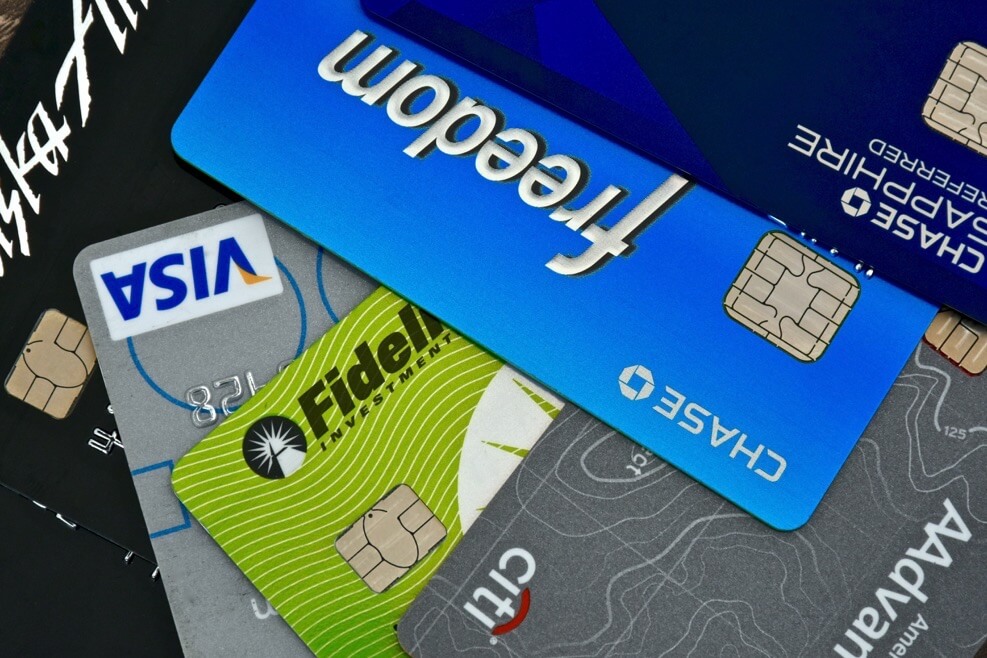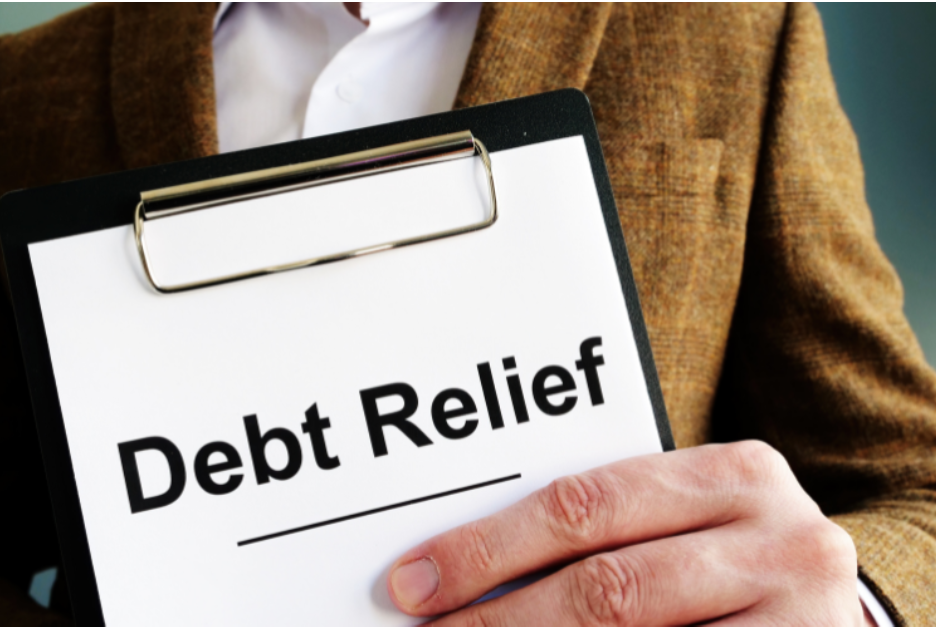 Debt can be an overwhelming burden, causing stress and limiting financial freedom. If you find yourself trapped in a cycle of debt, it’s time to take control of your financial future and get on the path to becoming debt-free. In this article, we will guide you through the essential steps and strategies to help you break free from debt and regain your financial stability. From understanding the types and factors of debt to creating a budget, exploring debt consolidation options, and maintaining financial discipline, we will provide you with a comprehensive roadmap to successfully get out of debt. Let’s embark on this journey towards a debt-free life and secure long-term financial well-being.
Debt can be an overwhelming burden, causing stress and limiting financial freedom. If you find yourself trapped in a cycle of debt, it’s time to take control of your financial future and get on the path to becoming debt-free. In this article, we will guide you through the essential steps and strategies to help you break free from debt and regain your financial stability. From understanding the types and factors of debt to creating a budget, exploring debt consolidation options, and maintaining financial discipline, we will provide you with a comprehensive roadmap to successfully get out of debt. Let’s embark on this journey towards a debt-free life and secure long-term financial well-being.
Understanding Your Debt: Types and Factors
Different Types of Debts
Debt comes in many shapes and sizes, much like your favorite pair of jeans that you’ve been trying to squeeze into after the holidays. We have credit card debt, student loans, mortgage loans, car loans, and even personal loans. Each type of debt has its own interest rates and terms, making them as unique as that trendy new diet everyone’s talking about.
Factors Contributing to Debt Accumulation
Now, let’s dive into the reasons why our debt seems to grow faster than our patience in a long checkout line. Factors contributing to debt accumulation can include poor budgeting, impulse buying, unexpected expenses (like that time your cat decided to eat your brand new headphones), and sometimes just plain old bad luck. It’s important to understand these factors to prevent future debt disasters and keep our finances in check.
Assessing Your Financial Situation
Calculating Your Total Debt
Before we can tackle our debt, we need to know what we’re up against. Grab a calculator and a notepad (or open up a spreadsheet for you tech-savvy folks) and start adding up all your debts. Don’t forget to include the balances on your credit cards, outstanding loan amounts, and any other money you owe. Prepare to face the truth, no matter how much it stings.
Evaluating Your Income and Expenses
Now that we’ve faced the ugly truth about our debt, let’s take a look at our income and expenses. Assessing your financial inflow and outflow is like examining your closet to see if you really do need that 100th pair of shoes (spoiler alert: you don’t). Add up your monthly income, including salary, side hustles, and any other dough coming your way. Then, list your expenses, from rent and groceries to that streaming service you’ve forgotten to cancel. Get ready to discover where your money is going and start making some changes.
Analyzing Your Debt-to-Income Ratio
Here comes the fun part: analyzing your debt-to-income ratio. It’s like looking in the mirror after a particularly indulgent weekend of takeout and realizing you need to hit the gym ASAP. To calculate this ratio, divide your total monthly debt payments by your monthly income. This gives you a snapshot of how much of your earnings are going towards debt. The higher the ratio, the more it’s time to put on your financial superhero cape and start slaying that debt monster.
Creating a Budget and Debt Repayment Plan
Setting Financial Goals
Now that we’ve faced the cold, hard truth about our debt and financial situation, it’s time to set some goals. Just like setting a goal to finally finish that Netflix series everyone’s been talking about, we need clear objectives to guide our actions. Determine what you want to achieve, whether it’s paying off a specific debt, saving for a tropical vacation, or simply not stressing about money every night before bed.
Tracking and Categorizing Expenses
Budgeting is like becoming your own personal finance detective. It’s time to track and categorize your expenses to see where your money is slipping through the cracks faster than a bar of soap in the shower. Use budgeting apps, spreadsheets, or even a good old-fashioned pen and paper to stay on top of your spending. You might be surprised by how much those daily coffee runs add up.
Allocating Funds for Debt Repayment
Now, let’s get down to business and put that hard-earned money to work. Allocate a specific amount each month towards debt repayment. You might need to make some sacrifices, like bidding farewell to those weekly takeout feasts or resisting the temptation of shiny new gadgets. But trust me, there’s light at the end of the tunnel, and it’s called debt freedom.
Implementing Strategies to Reduce Debt
Prioritizing Debt Repayment Methods
Now that you’ve got your budget in place and money set aside for debt repayment, it’s time to choose your debt-slaying strategy. There are various methods to choose from, but it’s essential to prioritize which debts to tackle first. Just like choosing between a weekend getaway or a new wardrobe, you need to decide what’s more important to you and your financial goals.
Snowball Method: Paying off Small Debts First
If you’re all about those small wins and need a little motivation to keep you going, then the snowball method might be your cup of tea. Start by paying off your smallest debts first while continuing to make minimum payments on the rest. As you knock out those smaller debts, the momentum builds, and your motivation skyrockets. It’s like a snowball rolling downhill, getting bigger and bolder with every victory.
Avalanche Method: Paying off High-Interest Debts First
If you’re more of a strategic thinker and love saving money on interest, then the avalanche method might be your go-to move. With this method, prioritize paying off your highest interest rate debts first. By targeting those pesky high-interest debts, you save money in the long run and chip away at the total amount owed. It’s like starting a fire under your debt, melting it away one interest payment at a time.
Remember, getting out of debt takes time, effort, and a sense of humor. Keep chipping away at it, stay motivated, and don’t forget to treat yourself to a little celebration along the way. You’ve got this!



